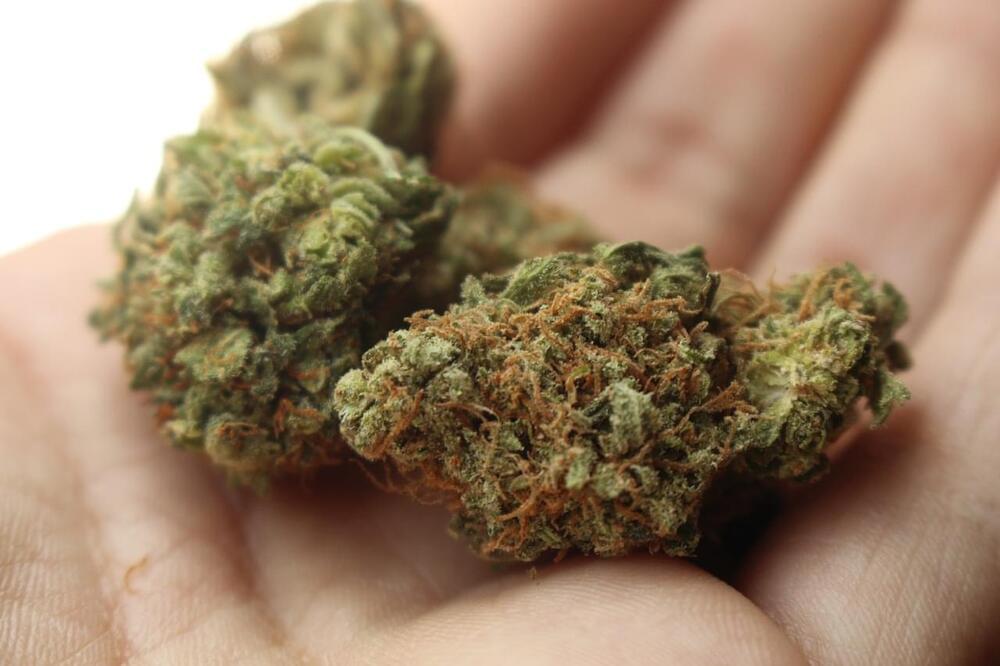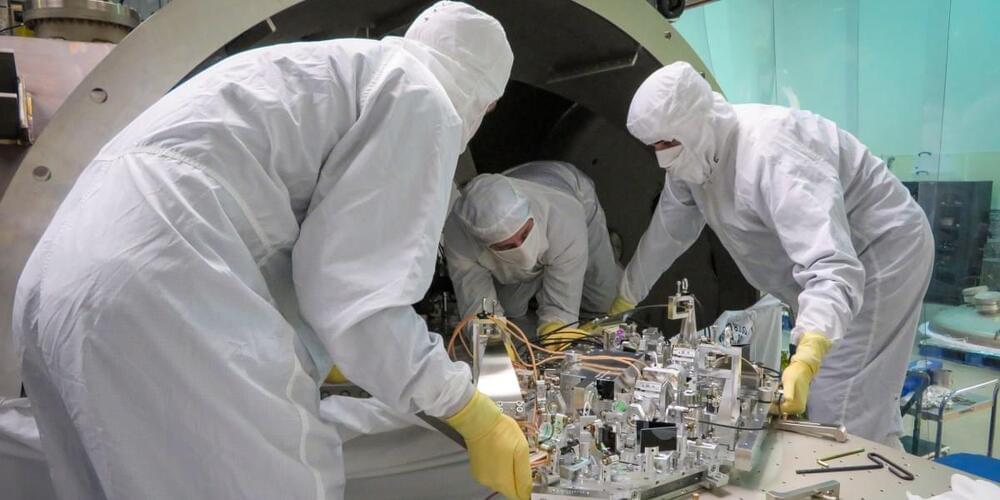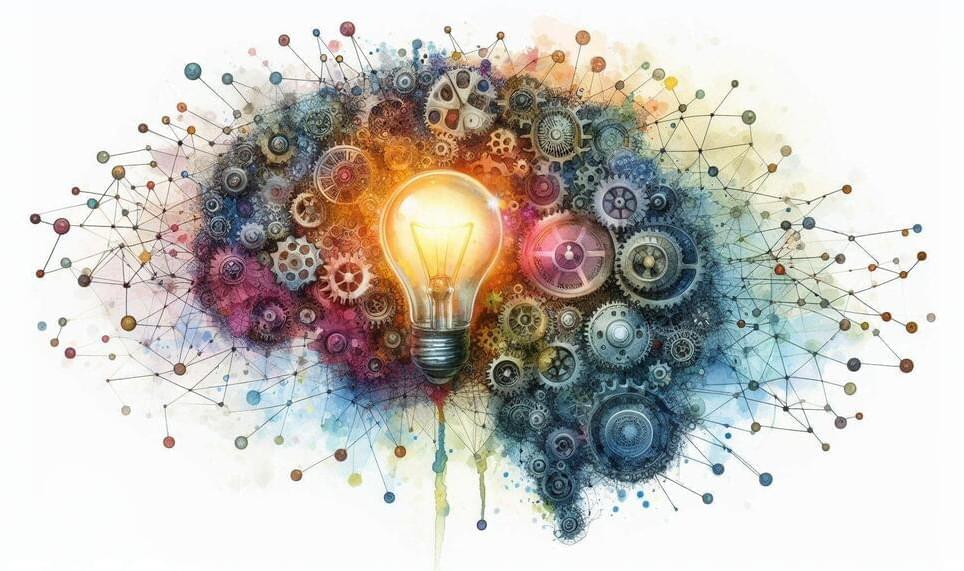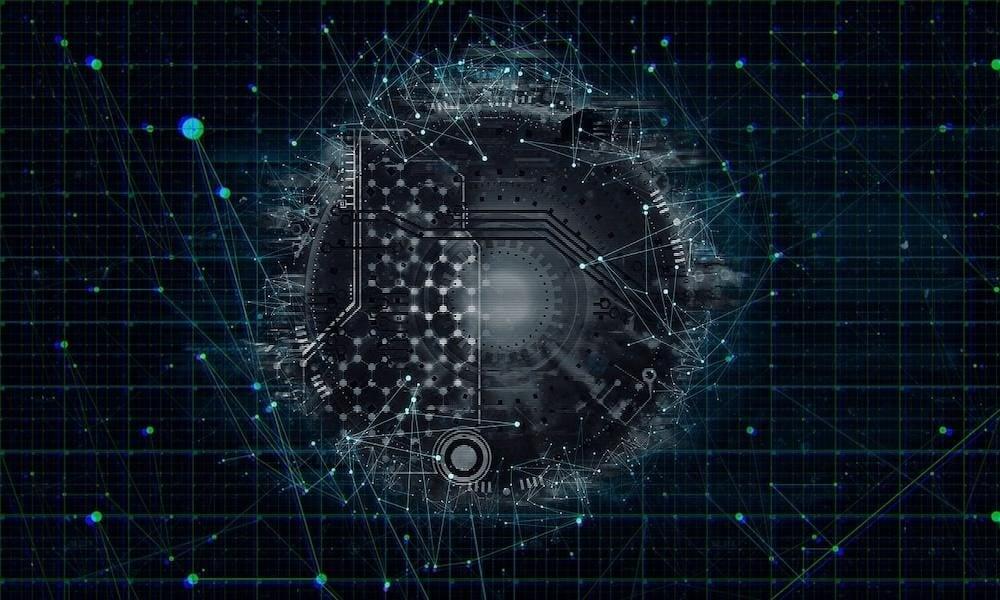“Cannabis use is increasing in both prevalence and frequency, while conventional tobacco smoking is declining,” said Salomeh Keyhani, MD, MPH. “Cannabis use by itself might, over time, become the more important risk factor.”
Can smoking cannabis bring the same risk of heart attack and stroke as smoking cigarettes? This is what a recent study published in the Journal of the American Heart Association hopes to address as a team of researchers from the University of California, San Francisco (UCSF) investigated the likelihood that cannabis use would lead to a heart attack and/or stroke. This study comes as recreational cannabis use is slowly becoming legal across the United States and holds the potential to help researchers, medical professionals, legislators, and the public better understand the long-term health risks associated with cannabis use, specifically smoking cannabis.
For the study, the team compared data from the Behavioral Risk Factor Surveillance Survey between 2016 and 2020 across 27 American states and 2 territories and 434,104 survey participants between ages 18 and 74 to ascertain a link between their cannabis use and likelihood for heart problems. The team classified cannabis use as the number of times a participant smoked cannabis within a previous 30 days while accounting for self-reported heart issues and tobacco use, as well.
In the end, the team found that 4 percent of participants use cannabis daily while 7.1 percent did not. When combined with the self-reported heart issues of the daily cannabis users, the team found this group exhibited a 25 percent chance of having a heart attack and a 42 percent chance of having a stroke.







